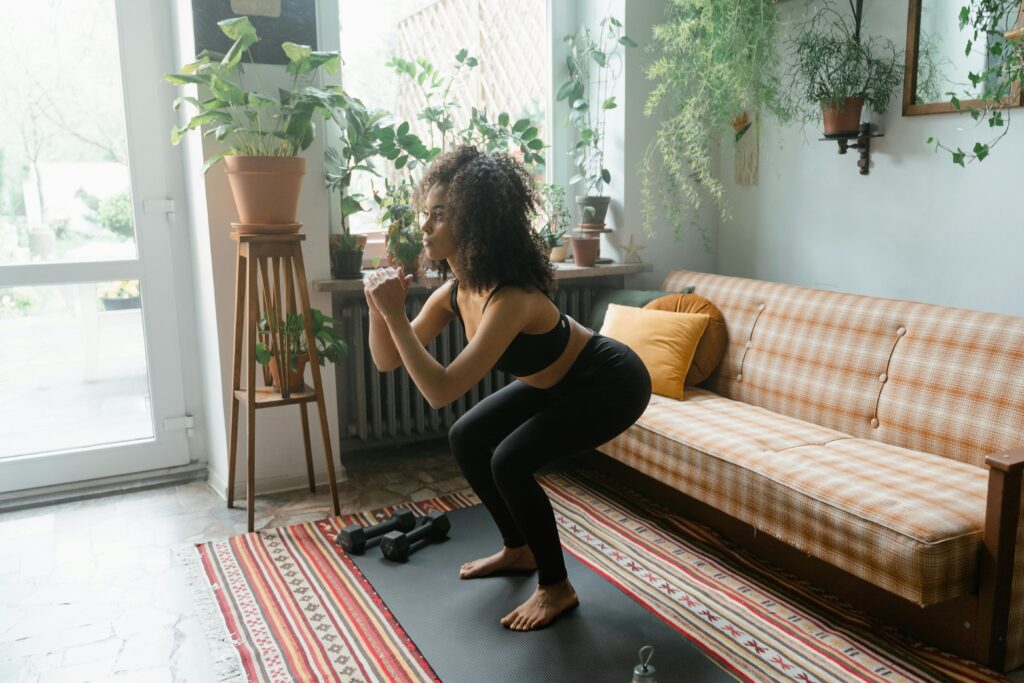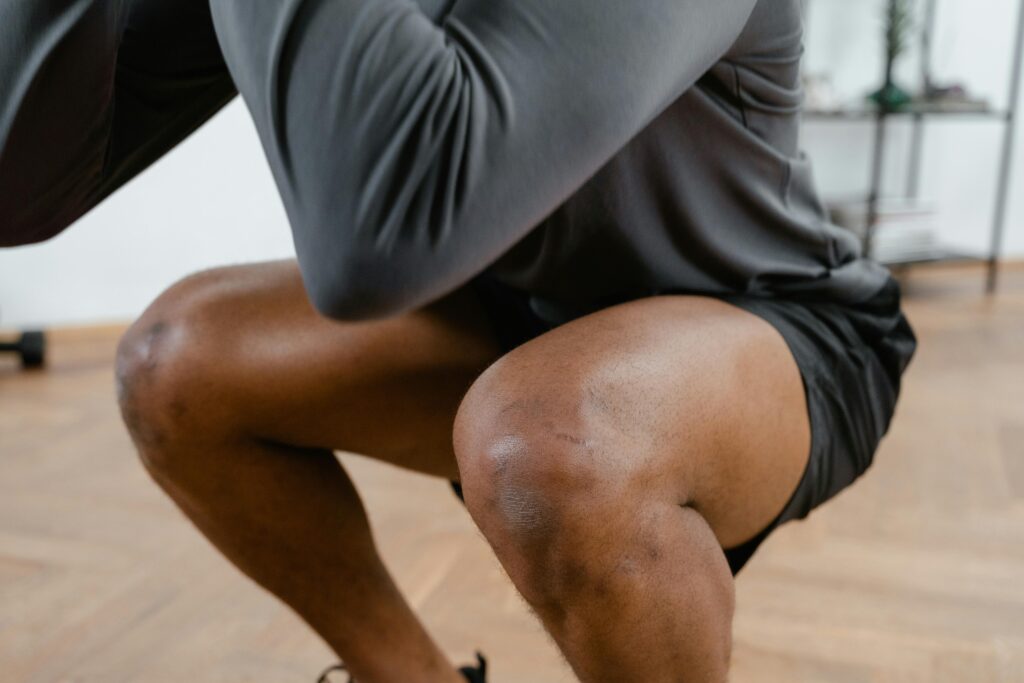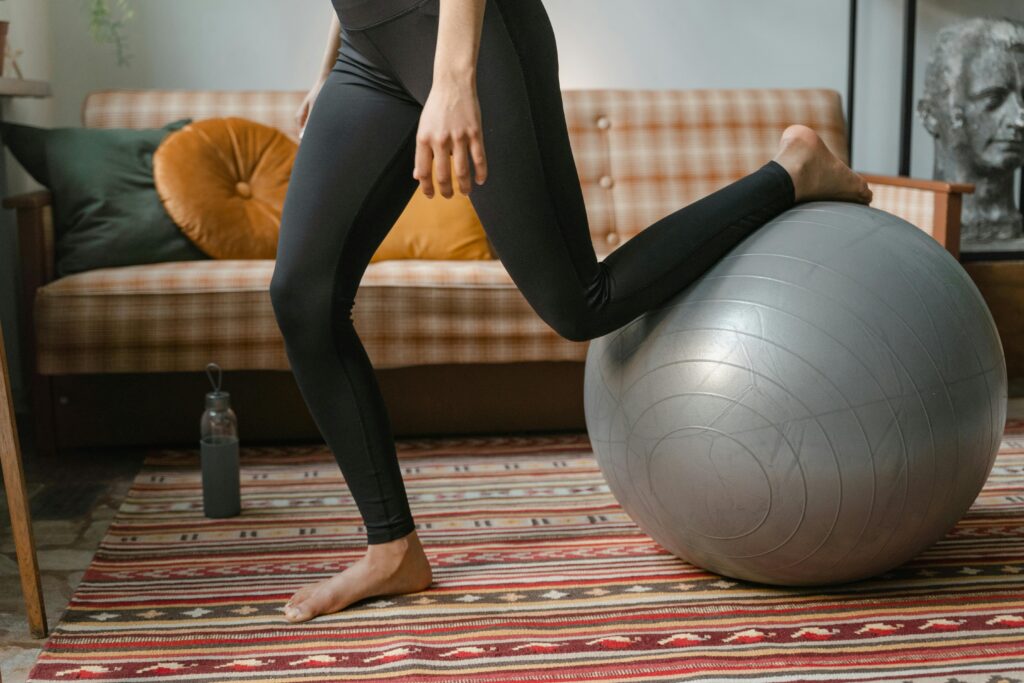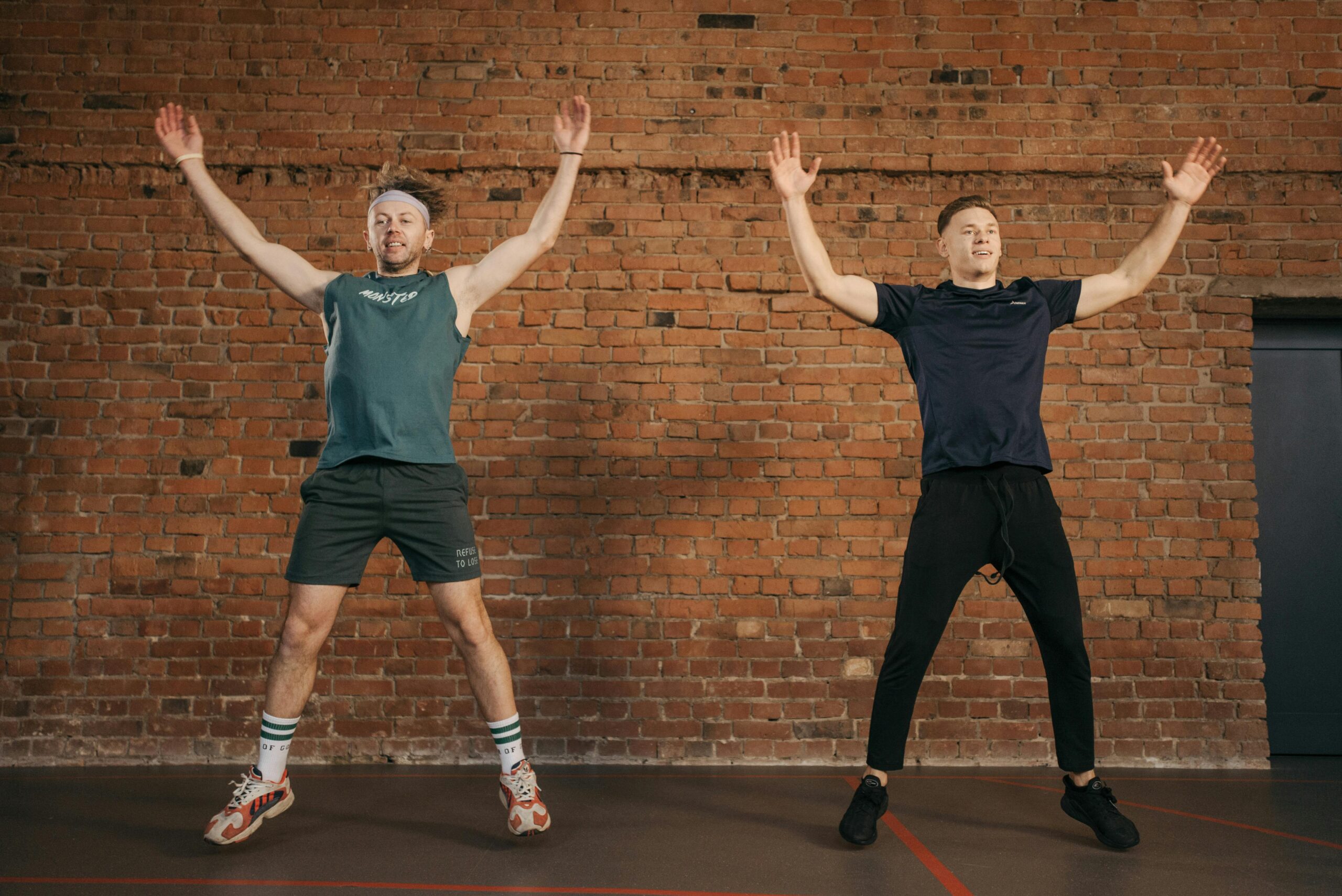Calisthenics for Lower Body: Strengthen Your Legs Without Weights
Building a strong lower body doesn’t require heavy weights. Calisthenics for lower body is an effective and accessible way to develop strength, endurance, and mobility using just your body weight. Whether you’re aiming to enhance athletic performance or just stay fit, calisthenics offers exercises that target the legs, glutes, and core—without needing a gym.
In this post, we’ll dive into the benefits of calisthenics for lower body, the best exercises to include, and how to structure an effective workout.
Why Focus on Calisthenics for Lower Body?
Strong legs are essential for stability, movement, and injury prevention. Many people associate leg training with squats and leg presses at the gym, but calisthenics for lower body offers a different approach. Here’s why it’s worth incorporating:
- No Equipment Needed: You can train anywhere, whether at home, in a park, or while traveling.
- Injury Prevention: Bodyweight exercises promote joint health and prevent strain.
- Improves Mobility and Flexibility: Exercises like lunges and squats enhance range of motion.
- Functional Strength: Develop the kind of strength needed for daily activities and sports.
If you’re looking for extra support, consider using calisthenics bands to enhance your workouts.
Key Muscles Targeted by Lower Body Calisthenics
A good calisthenics for lower body routine targets the following muscle groups:
- Quadriceps: Front of your thighs, used in squats and lunges.
- Hamstrings: Back of your thighs, essential for hip extension.
- Glutes: Butt muscles, key for posture and power.
- Calves: Lower legs, important for balance and agility.
- Core: Supports stability and balance during leg movements.

Best Calisthenics Exercises for Lower Body
Below are some of the most effective exercises to include in your calisthenics for lower body routine.
1. Bodyweight Squats
Squats are one of the best exercises for building leg strength. They engage the quads, hamstrings, and glutes, while also improving mobility.
How to do it:
- Stand with feet shoulder-width apart.
- Lower your body as if sitting in a chair, keeping your chest up and knees behind your toes.
- Push back up to the starting position.
Want to increase difficulty? Add resistance bands to activate your muscles even more.
2. Jump Squats
Jump squats add explosiveness to your workout and build endurance while working the same muscles as standard squats.
How to do it:
- Perform a regular squat.
- From the squat position, jump as high as you can.
- Land softly and repeat.
These are great for athletes looking to boost power and speed.
3. Walking Lunges
Lunges improve balance and coordination while targeting the glutes, quads, and hamstrings.
How to do it:
- Step forward with one leg and lower your body until your knee almost touches the floor.
- Push back up and bring the rear foot forward into the next lunge.
- Alternate legs as you move forward.
Using a weighted vest can increase resistance and challenge your muscles further.
4. Bulgarian Split Squats
This unilateral exercise works each leg individually, helping to correct muscle imbalances.
How to do it:
- Stand a few feet in front of a bench or raised surface.
- Place one foot behind you on the bench.
- Lower into a squat on the standing leg, then push back up.
Bulgarian split squats are great for targeting the glutes and improving balance.
5. Calf Raises
Don’t neglect your calves! Calf raises help with balance and are essential for athletes.
How to do it:
- Stand with your feet shoulder-width apart.
- Lift your heels off the ground, standing on your toes.
- Lower back down slowly and repeat.
6. Wall Sits
Wall sits build endurance in your quads and glutes, making them ideal for high-rep training.
How to do it:
- Press your back against a wall and slide down into a seated position.
- Hold for as long as possible, keeping your thighs parallel to the ground.
Wall sits challenge both mental and muscular endurance.
7. Glute Bridges
This exercise is perfect for targeting the glutes and improving core stability.
How to do it:
- Lie on your back with knees bent and feet flat on the ground.
- Lift your hips until your body forms a straight line from shoulders to knees.
- Lower back down and repeat.
Add a resistance band around your thighs to activate your glutes even more.

Structuring Your Lower Body Calisthenics Routine
Here’s a sample calisthenics for lower body workout you can follow:
Warm-Up (5-10 minutes)
- Jumping jacks or high knees
- Dynamic stretches (focus on legs and hips)
Main Workout
- Bodyweight Squats – 3 sets of 12-15 reps
- Walking Lunges – 3 sets of 10 reps per leg
- Jump Squats – 3 sets of 10 reps
- Bulgarian Split Squats – 3 sets of 8 reps per leg
- Calf Raises – 3 sets of 20 reps
- Glute Bridges – 3 sets of 15 reps
Cool-Down (5-10 minutes)
- Light stretching for hamstrings, quads, and calves
Tips for Success with Calisthenics for Lower Body
- Focus on Form: Proper technique ensures you engage the right muscles and avoid injury.
- Add Resistance: Use tools like ankle weights or resistance bands to increase difficulty.
- Progress Gradually: Start with basic movements and increase intensity over time.
- Stretch Regularly: Stretching after workouts helps improve flexibility and prevent soreness.
Supplements to Support Your Lower Body Workouts
Fuel your body with the right nutrients to optimize recovery and performance. Consider protein powders for muscle repair or electrolyte drinks to stay hydrated during intense sessions. Check out our post on Calisthenics and Supplements for the best advice you can get!

Conclusion: Build Strong Legs with Calisthenics
Training your legs with calisthenics for lower body is a great way to build strength, endurance, and mobility without relying on heavy weights. Exercises like squats, lunges, and calf raises help you develop functional strength that translates to daily activities and sports. Stay consistent with your workouts, challenge yourself by adding variations, and focus on proper form. With time and dedication, you’ll build a powerful lower body that supports your overall fitness and well-being.




